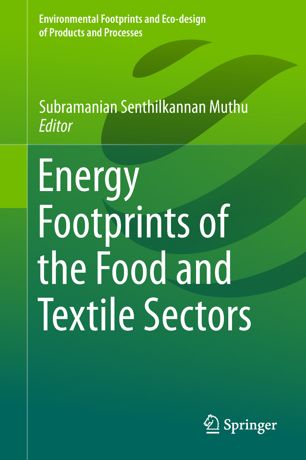

Most ebook files are in PDF format, so you can easily read them using various software such as Foxit Reader or directly on the Google Chrome browser.
Some ebook files are released by publishers in other formats such as .awz, .mobi, .epub, .fb2, etc. You may need to install specific software to read these formats on mobile/PC, such as Calibre.
Please read the tutorial at this link: https://ebookbell.com/faq
We offer FREE conversion to the popular formats you request; however, this may take some time. Therefore, right after payment, please email us, and we will try to provide the service as quickly as possible.
For some exceptional file formats or broken links (if any), please refrain from opening any disputes. Instead, email us first, and we will try to assist within a maximum of 6 hours.
EbookBell Team

4.4
92 reviewsThis book addresses energy footprints in the food and textile sectors. Each footprint case study presents essential background information and discusses the scientific consensus, methodological framework, assessment checklist, calculation tools and techniques, applications, challenges and limitations. More importantly, the book explores the application of each indicator/framework in various industrial sectors and the associated challenges, as well as outlooks for the future – essential considerations, given that energy consumption and conservation are the primary elements in any industry’s sustainability strategy.